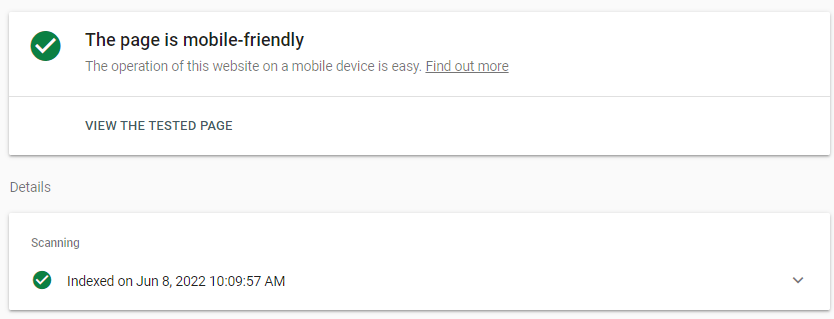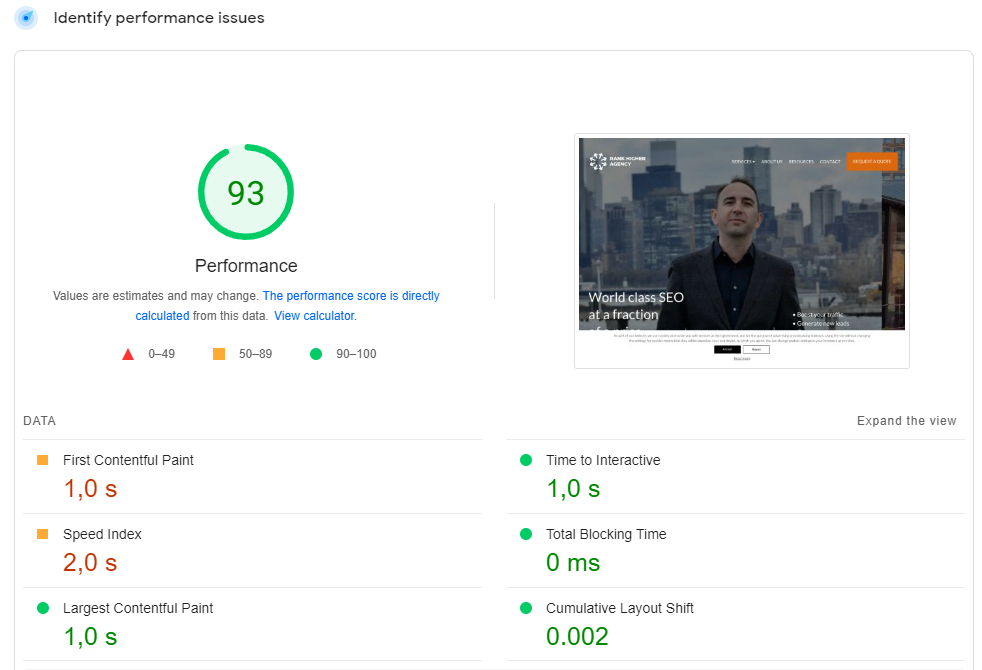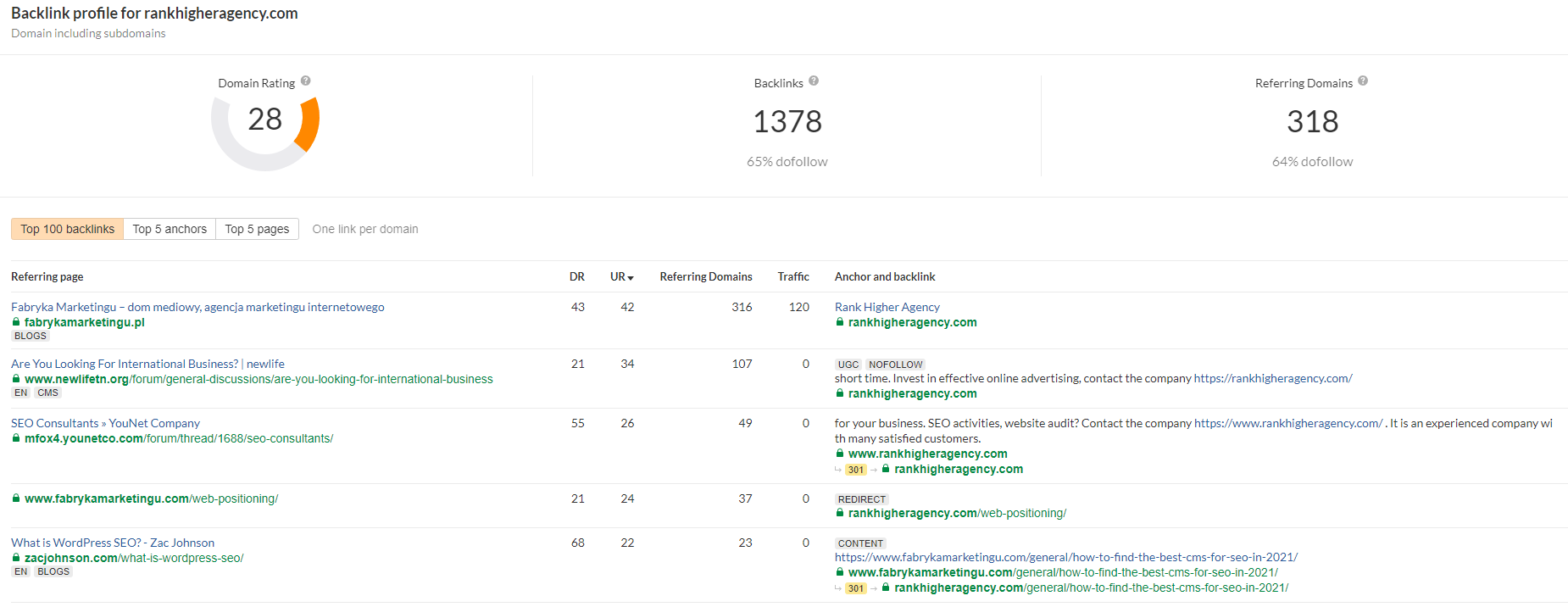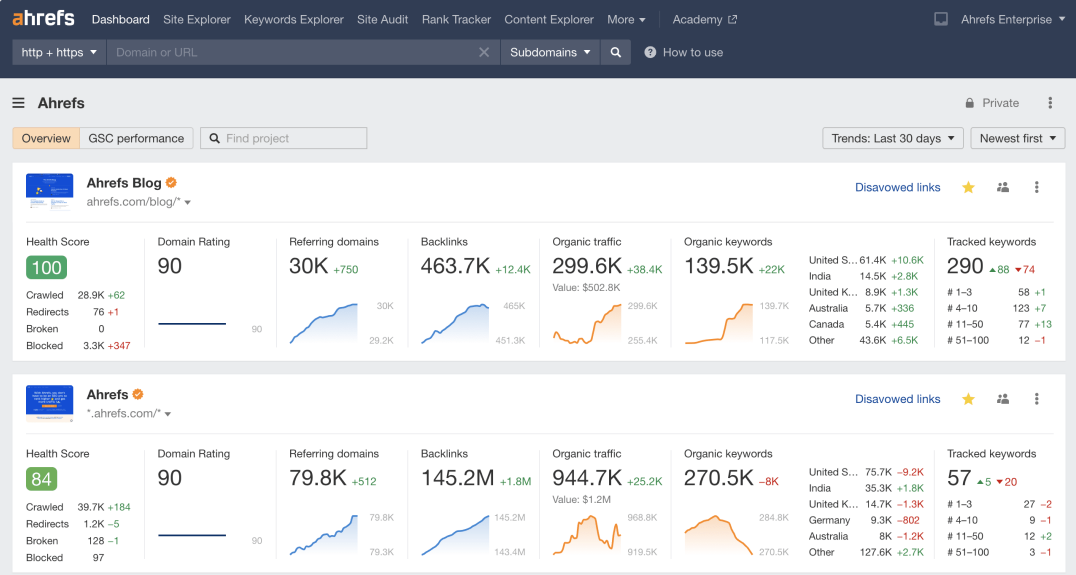How to do SEO competitive analysis
No company exists in a vacuum. You surely have at least several competitors offering similar services and targeting similar users or customers. In such a situation, it is vital to conduct an SEO competitor analysis, at least from time to time. Thanks to competitor analysis, you can improve your organic search results and even find competitors you weren’t aware of. In this article, we’ll show you how to run SEO competitor analysis and what effects you can expect.
First off, let’s say why it’s so important to run SEO competitor research at least from time to time. The reason is apparent – to improve your SEO efforts. SEO competitor analysis can help you assess your current situation and performance. It can help you spot areas where you could do better (for instance, thanks to SEO competitor analysis, you can find out that there is an SEO strategy that you haven’t tried so far) and inform you about your strengths. Finally, if your competitors are better at getting search traffic, you can find out why and discover strategies that they’ve been following.
Running an SEO competitor analysis is time-consuming and complex, though. That’s why in this blog post, you will discover how to run such a competitor SEO analysis in order to thrive in Google search. Let’s start with the beginning.

Find competitors
Of course, you most likely already know who you compete with. But for SEO competitive analysis, you need to know what are your SEO competitors. These are websites that:
- Offer similar products or services
- Use similar relevant keywords
- Address similar target audience
- Rank higher in search engine rankings (their search engine optimization is better than yours)
Only companies that tick all these four boxes can be considered your SEO competitors. For starters, it’s best to select three or four such websites. You don’t have to go far and wide with your SEO competitor analysis; the point is to draw useful information; several competitors are fully sufficient.
Let’s start with the beginning.
Keywords and the keyword gap analysis
As always, keywords are extremely important in SEO. Thanks to competitive keywords, you can discover what keywords are used by your potential customers in order to find similar products and services. Thanks to competitive keyword research, you can find out how to attract a similar audience and offer it your product instead. After all, the majority of people looking for e.g. Dell laptops should also be open to seeing some Asus products as well.
As a part of your keyword competitor analysis, you can also take a look at branded keywords (they indicate a rather general search intent but comprise a specific brand name) and competitors’ PPC keywords (used in paid campaigns, especially Google Ads).
KEYWORD GAP ANALYSIS
Generally speaking, the keyword gap is the difference between your keywords and your competitors’ keywords. If you find out that your competitors rank high for specific keywords that you don’t have on your website – you have a ready action plan. Usually, it’s best to pay attention to all the keywords that all your competitors are ranking for and you’re not. It’s an excellent source of knowledge on how to enhance your organic keywords and display your website to more search queries.
ANALYZE COMPETITOR KEYWORDS
You can use various tools to see what keywords your competitors are displayed in the search engine. Some of them are available for free, and some are paid. Today, we’d like to turn your attention to Ubersuggest. In its basic version, this SEO tool is available for free. All you have to do is simply type in the domain name to see its organic keywords and keyword rankings. Just like that:

SEO competitive analysis: search volume
Strengths and weaknesses
The next step is all about the general analysis of your competitors’ websites. Analyze them both from the technical SEO perspective (we’ll talk about that in a few moments) and the UX perspective. What do these websites do better? What catches your attention when you visit them? And on the other hand – where do they fail? What are their problems and issues? Such an analysis is a good starting point for finding out what you can improve on your website and your customer journey.
Pay attention primarily to the following elements:
TOP WEB PAGES
Once you already have a list of several SEO competitors, you can start analyzing them by finding their web pages that rank high on Google. It’s important because it can turn out that there is just one website or blog post that generates the most traffic. Moreover, this way, you can discern what your customers are interested in and what kind of content they’re after. And be ready for a surprise; more often than not, the most popular subpage has little to do with the main activity of a given company.
INTUITIVENESS
That’s the most important element – is this particular website easy to use (even for less tech-savvy users)? Is it intuitive? Does it have a clear menu and website navigation? If you can place an order online, is this process straight and quick? Do you, as a potential customer, know what to do to get what you need?
CONTENT
Today, content is one of the crucial factors that the search engine algorithm uses to rank websites. Do your competitors have blogs on their websites? How many texts and articles do they have? Are they of high quality and useful from the customer’s standpoint? What forms of content are used on their websites? Do they use videos, infographics, animations, or ebooks? And, what’s especially important, do they produce and publish new content regularly (at least two-three times a month)?
WEBSITE STRUCTURE
This element is primarily vital in e-commerce, but other websites should also have a clear website structure. Find out whether your competitors’ websites are properly structured. Are they organized in an understandable manner? Do you, as a customer, know where to go and what to do next? Is everything you need easy to find?
THE MOBILE VERSION
Today, all websites are indexed in Google based on their mobile (not desktop) version. See how your competitors’ websites stack up against Google requirements. Are these mobile websites fully functional and responsive? Are you capable of doing everything you can do in the desktop version? You can easily check the mobile version of any website and verify its quality using this Google tool.

Search rankings: Mobile friendliness
ANALYZE EVERYTHING PAGE-BY-PAGE
If you want to be really thorough, you should analyze your competitors’ websites subpage by subpage. Pay attention mainly to the following elements:
- Titles and headlines (how they are structured, how many are them, etc.);
- Graphics (especially concerning alt attributes);
- Content (blog posts, descriptions, web copy, infographics, etc.).
Try to get as much information as you can. Gather your insights in one place and divide them by category. For instance, when it comes to blogging, you can discover how these posts are written, how many keywords, headings and links, etc., they have. If you discover that you can somehow improve your SEO efforts concerning blog posts, be sure to put this knowledge to work as quickly as possible.
Technical SEO competitor analysis
For obvious reasons, you cannot conduct a thorough technical SEO competitor analysis and identify all the potential technical SEO gaps (you would need Google Search Console for that), but you can check key technical SEO elements yourself. There are several ways of conducting technical SEO analysis.
First off, use PageSpeed Insights to find out how well your competitors cope with the latest Google requirements called core web vitals. Here’s how it looks:

SEO competitive analysis
Thanks to this tool, you can identify all the major problems that torment your or a competitive website. There is also a list of recommendations on what should be done to improve the way a given website works.
BACKLINK ANALYSIS
You should conduct a backlink analysis of your competitors’ websites. This way, you will discover what websites link to your competitors and which subpages and pieces of content are the most attractive (have the most links). This knowledge is extremely useful and can be used to give your backlink profile a boost. Thanks to backlink analysis, you can come up with new ideas for websites where you can get more backlinks. Of course, always remember to stick to high-quality websites with high domain authority. It’s better to get two high-quality links than ten poor ones.
How can you conduct a backlink analysis? Ahrefs Backlink Checker is a tool that offers such an analysis (in a limited form) for free. Here’s how it looks:

SEO competitor analysis: Backlink profile
SEO strategy: Competitive SEO tools
You cannot conduct a thorough SEO competitor analysis without proper tools. Some of them are available for free (we showed you four such tools in this blog post), but, unfortunately, if you want to get in-depth results, you’ll have to opt for paid, full versions of some SEO tools.
Today, there are two major SEO tools that can vitally help you with SEO competitor analysis. These tools are Ahrefs and Semrush. Let’s take a closer look at them.
AHREFS
It’s one of the most comprehensive SEO tools out there. Some of the Ahrefs features are available for free (e.g., the aforementioned backlink checker), but the tool itself isn’t available for free. Ahrefs is a complex SEO platform that contains various tools that you can use for link building, keyword research, competitor analysis, rank tracking, content management, and website audits.

Competitive analysis: Ahrefs SEO tool; image source: https://ahrefs.com/pl/dashboard
SEMRUSH
Semrush is an all-in-one tool for digital marketing, not just SEO. You can use it to analyze and manage your:
- SEO (including keyword research, competitive research, and more),
- PPC campaigns,
- social media activity,
- content marketing,
- marketing analytics.

Search engines tool: Semrush; image source: https://www.semrush.com/kb/1195-seo-dashboard
SEO competitive analysis: Summary
Conducting an in-depth competitive analysis for SEO can be challenging, especially if you’ve never done that in the past. If you want to do that on your own, stick to these crucial principles:
- Concentrate on keywords (analyze the so-called keyword gap);
- See which subpages of a specific competitor generate the most traffic (and why);
- Analyze websites you are interested in subpage after subpage. Try to look at them from a customer’s perspective – are they interesting and easy to navigate? Do they contain all the information you need? Are subpages properly structured? Is the purchasing process intuitive and quick? Draw conclusions and always think about how to improve your website;
- Analyze the backlink profile (referring domains) of each website. This will give you some good ideas on where to get useful links for your business.
And if you still feel like you can’t handle that on your own – the Rank Higher Agency team is at your service! We provide clients with comprehensive SEO services, including analysis of your competitors’ websites.
Drop us a line today, and let’s see what we can do together!